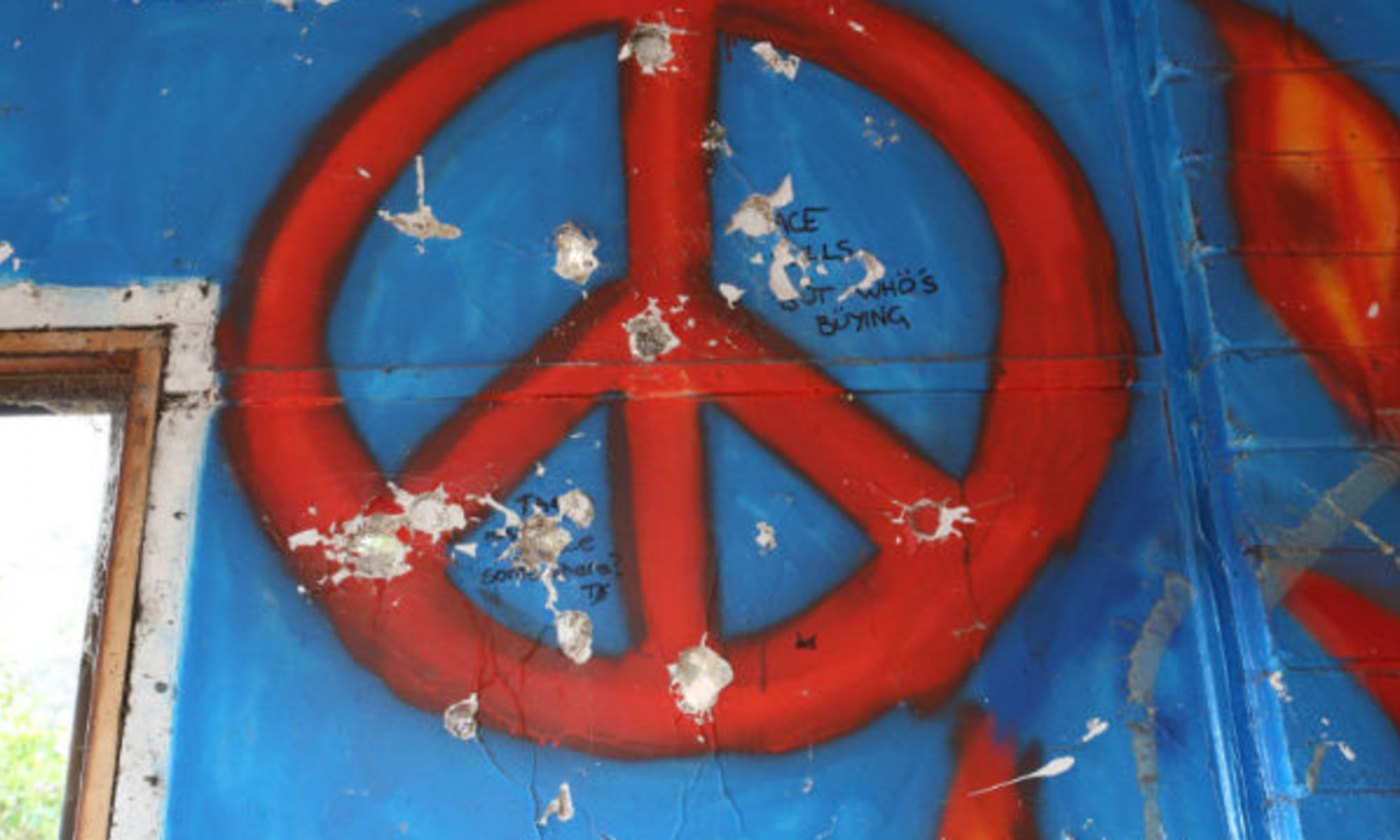By Ruiqi Wei
There are so many social and political problems that haunt our society today. And these issues that we are faced with are more serious than we thought. High crime rates together with violence that frighten communities, mass shootings that make people insecure, racial discrimination that divides society, social stratification that deprives the poorest of their hope, the inequality that encourages the divisions of communities, and lack of justice that leads the rule of laws into questions. And the city of Salinas in northern California is not the only city that suffers from these issues. The whole nation witnessed how the atrocities as proven in both El Paso and San Jose caused terrors and distrust that torn the communities apart, making all these efforts devoted to prevention turn into zero.
But don’t get down although we are subscribed with so many social issues. Solutions always outnumber problems. Although we can work out the solutions one way or another, it is long-term rather than short-term. And do you have the resolutions?
In the meeting of the general assembly of the city of Salinas where the relationships of values are rebuilt through dialogues from different perspectives that took place on August 7, 2019, different experiences were shared and stories were told. All the pieces led to one question: how to build the resilience of the community?
With partnership and values as the core, how can we develop a set of strategies that can empower the community? And in what aspects can we empower the society.
For certain, it requires long-term efforts rather than short-term from every sector on all the levels: from policy implementation to enforcement, and then finally echoing throughout the communities.
So do we have the resolutions to transform the social problems into opportunities?
Reduction of Violence
Incarceration of those people who are seen as troubles is one of the least desirable ways to reduce the violence that I could ever think of. Why?
Foremost, Incarceration is costly, and definitely a burden to the taxpayers. According to the Vera Institute of Justice, incarceration costs an average of more than $31,000 per inmate a year, nationwide. And in some states, it’s more than $60,000.
Furthermore, the exclusion of those “troubles” from society is not sustainable. Let it be said that prisoners are more than prisoners. They can be sons, daughters, mothers, and fathers. What the prison is doing to those incarcerated is not only to keep them away from society. The prison is also tearing families apart, leading to new traumas that may cause other issues.
In addition, rather than prisons, rebabilitations are much more needed since rehabilitations are more transformative than prisons. The experience in prisons is trauma-strengthening. What has been constrained in the prisons is not only the physical-being of those prisoners. It also limits the freedom of all the people who are relevant to prisons, depriving people of their hope to life. Rehabilitations are believed to function as a place which can help people to find their true values in life through cares and educations that can help reduce violence on the system level.
Last but not least, instead of contemplation on the cure of “violence”, efforts really need to be done regarding how to prevent violence. Only preventions can curb violence from its roots. Preventions are one of the best answers to potential violence. But it requires changes in the system and needs long-term efforts from all sectors on all levels. It requires a steady resolution from everyone. No one is irrelevant to the war to “violence”. Institutions only facilitate, but what truly matters and matters the most in the war to combat violence is ‘we, the people’ that make up the communities.
Say you got a resolution to make our communities better.


